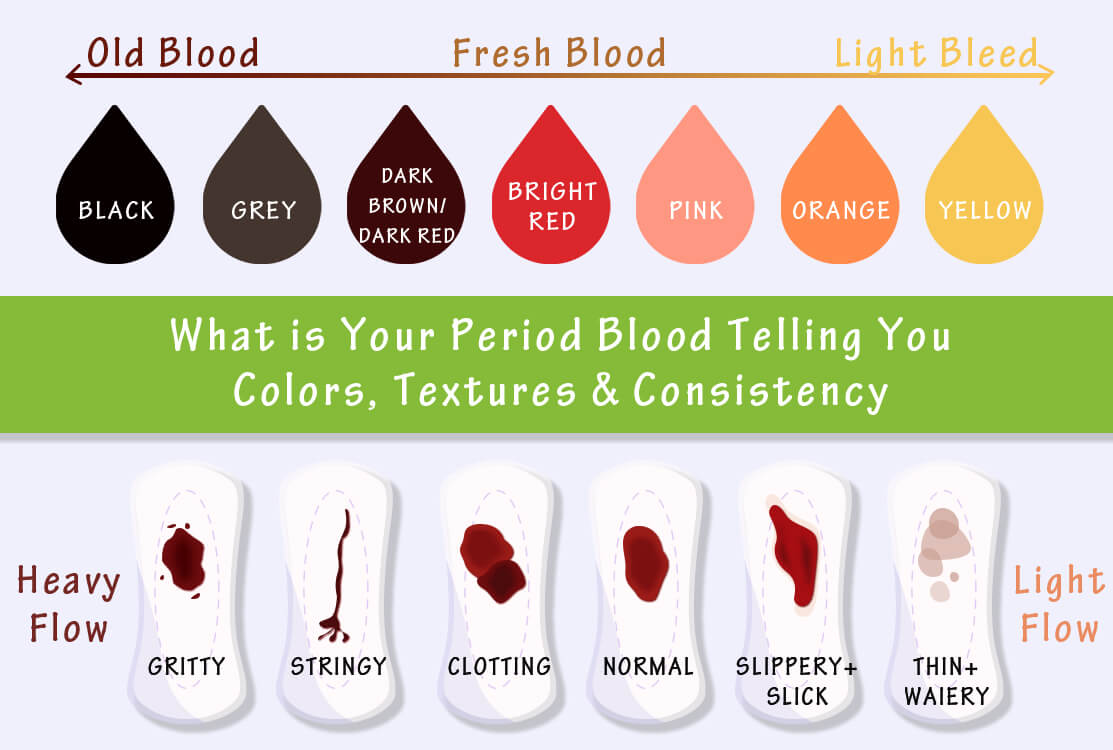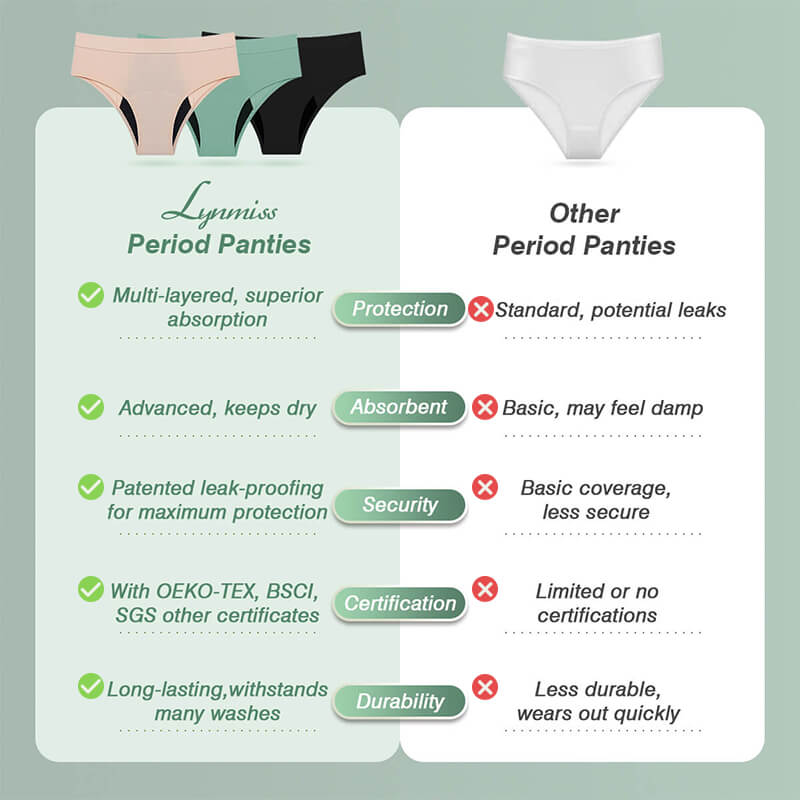Why Is My Period Blood Brown? A Complete Guide from LYNMIS
 Jun 15,2023
Jun 15,2023
 lynmiss
lynmiss
When you're on your period, you may notice that your menstrual blood changes color. It can range from bright red to pink, black, or even brown. One of the most common questions is: Why is my period blood brown?
At LYNMISS, as a global B2B menstrual underwear manufacturer, we prioritize educating partners and customers on reproductive health. Here's everything you need to know about brown period blood—what it means, when it's normal, and when it might signal a health issue.
What Causes Period Blood to Change Color?
Blood changes color based on how long it has been exposed to oxygen. Hemoglobin in the blood contains iron, which oxidizes when it meets air. The result is brown or dark blood, much like how iron turns rusty.
So, brown period blood = older blood. That doesn't mean it's bad—it just means it's had more time to oxidize.

Common Causes of Brown Period Blood
1. At the End of Your Period
It's normal to see brown blood as your period wraps up. Older blood exits more slowly, giving it time to darken.
2. Before Your Period Starts
Light spotting before your period may also be brown due to a slower flow. This early discharge is common and usually harmless.
3. During a Light Flow or While Using Hormonal Birth Control
Hormonal contraceptives can lighten your period, which means slower-flowing blood that often appears brown.
4. Mid-Cycle or Between Periods
Brown spotting can occur during ovulation, after a pelvic exam, sex, or hormone changes. If it persists, consult a healthcare provider.
5. During Pregnancy
Light brown spotting, known as implantation bleeding, may occur in early pregnancy. If you're pregnant and spotting brown blood, contact a healthcare provider to rule out issues like ectopic pregnancy or miscarriage.
6. Postpartum (After Birth)
Brown blood during the postpartum period (lochia) is normal and part of the body's natural recovery.
When Should You See a Doctor?
Brown blood is usually not alarming, but in some cases it may signal an underlying condition. Consult a healthcare provider if it is accompanied by:
-
A foul smell
-
Pain during sex or urination
-
Irregular cycles or heavy bleeding
-
Other symptoms like fever or fatigue
Possible medical concerns include:
-
STIs (e.g., gonorrhea, chlamydia)
-
Pelvic Inflammatory Disease (PID)
-
Polycystic Ovary Syndrome (PCOS)
-
Forgotten tampons or contraceptive devices
-
Cervical cancer (very rare)
What Color Should Period Blood Be?
Menstrual blood can range from bright red to dark brown. All are typically normal unless paired with abnormal symptoms. Tracking changes in blood color can help you understand your cycle better.
Enjoy Comfier Periods with LYNMISS

Whether your flow is light or heavy, LYNMISS period underwear offers an eco-friendly and comfortable solution. Our designs include:
-
Four-layer absorbent technology

-
Leak-proof side panel patent
-
Variety of styles (Thong, Brief, Boyshort)
-
Customized absorbency options for daily flexibility
We help B2B partners offer superior, reliable protection to their customers—globally. Want to learn more about how period underwear works?
Looking for options for younger users? See our best period underwear for teens.
Explore our full range of period underwear solutions or contact us today for wholesale and OEM opportunities.
You Might Als LIke






























